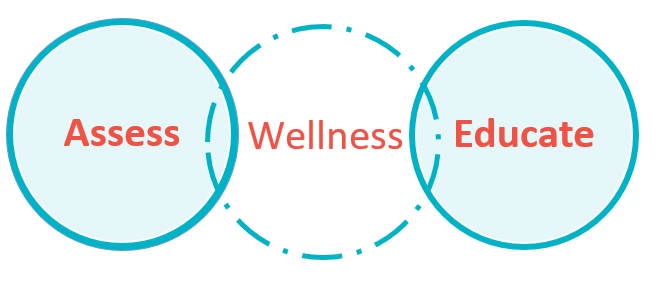In our recent whitepaper Workplace Wellness: Time to Get Strategic we discussed how a strategic approach to wellness can impact the bottom line, boosting productivity, engagement, retention and attraction strategies.
However, during the Covid-19 pandemic, it has not simply been work-related stress that has impacted productivity and focus, but also the impact of the current global pandemic. Many organisations have seen a decline in productivity, engagement and focus as a result of these unprecedented circumstances.
As we learn to adjust to living in times of crisis, employees are looking for support to mitigate the added stress of work and prevent burnout. To move forward there is a real need to approach wellness with a broad lens. One that supports the employee is one that is good for business. When organisations support the well-being of their employees, they see a rise in productivity, engagement and morale. Ultimately, wellness becomes good for business.
Wellness is a Two-Sided Approach
Existing wellness programmes are not designed to adapt to future ways of working. For the most part, they are very one dimensional focusing most on educating the employee on how to stay mentally and physically fit and very little on how the organisation is contributing to work-related stress.
Taking this approach would put organisations in a prime position to mitigate such stressors. There is a strong need to adapt well-being needs to that of future ways of working, future technologies, future jobs and future stressors caused by these. And not to mention the residual impact of the current pandemic. There is a strong need for wellness to take a two-sided approach:
To firstly assess areas within the organisation that are causing stress in the workplace
To then educate employees about how to look after their health and well-being

The current approach is typically the latter. Essentially, they are two sides of the same coin necessary to not only address stress but mitigate it also.
Without this change in approach wellness programmes will go on to have little to no real impact on employees or organisations productivity, engagement or focus.
Because so many people do not always have the knowledge to practice healthy lifestyles, businesses can be an important and trusted source of education and advocacy of healthy living.
Together with assessing the underlying cause of work-related stressors in the organisation employers can start to reap tangible business benefits to a changing approach to wellness.
A one-size-fits-all approach is no longer impactful in a changing society and workforce. What is for certain is that wellness is changing for the better despite the impact the crisis has had on individuals. Employers are taking notice.
Governments are asking organisations to look under the hood and take responsibility for how they work and lead not just what wellness services they offer. At the end of the day, employees are people. People who have been faced with tragedy, illness, worry, anxiety, grief and loss.
People who have faced job loss and financial insecurity. People who need well-being support from their employer now more than ever. The type of wellness that doesn’t solely come from an EAP service but a phone call from a colleague, a coffee with a manager, a day off from the pressures and the understanding that they, we, can and will be OK despite how hard it is sometimes.
